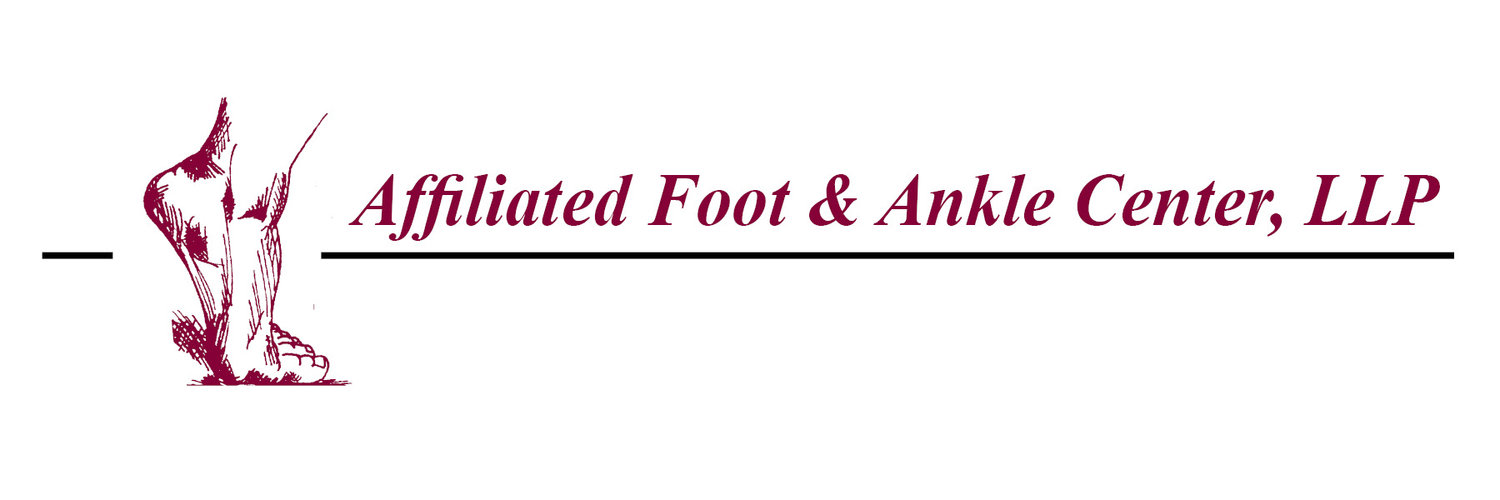NEW TECHNOLOGY AND PODIATRY
We are constantly looking in our practice for opportunities to provide better service. Technology today has afforded us that opportunity. We do a lot of research. We attend a lot of meetings, a lot of hands on type of testing. We actually just transferred our office to electronic medical records, which has been wonderful. It has just enhanced our treatment plans. It gives better continuity of care. Our office is now known as paperless.
Getting back to the patient care aspect, we have things called the platelet aggregation if somebody is not healing properly and we need to be more aggressive with chronic pain we actually can take people's blood and we take the healing agents out of the blood and can inject it into the area of the problem and it significantly can increase the healing rate.
The other thing that we do is call PADnet. Peripheral arterial disease is now known as the silent killer. We see it in the media all over the place. It is a very simple half an hour non-painful test that is covered by insurances. So if we see situations were people need that test and there are symptoms. We have that available and we are ready to go with it. We are out there and we are building these technologies for you and we are making them available.
We also have diagnostic ultrasound which has really reduced the need to send a lot of people out for MRI which are expensive and very inconvenient. A diagnostic ultrasound is a simple five minute test that basically will show soft tissue versus bone.
When we take x-rays we can see the bone but it tells us very little about soft tissue. In the case for example heel pain, it will show us the thickness of the inflamed tissue and any potential tears. Also digital x-ray, it is taken with the same machine but instead when we develop instead of actually having that film that people are traditionally use to see we see it on a computer screen. The value of that is it is much clearer so we are able to find things we that we never were able to find in the past. An example, say you have a fracture and it is a very minute fracture we can expand that little bone, we take this little part of a toe, and expand it to size of the computer screen and find the problem right there. Diagnostic abilities and treatment plans have been so significantly improved by the ancillary cares and the newer technologies.

